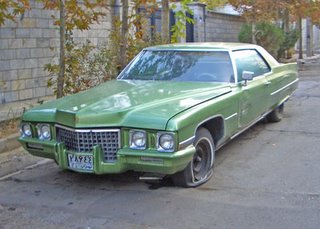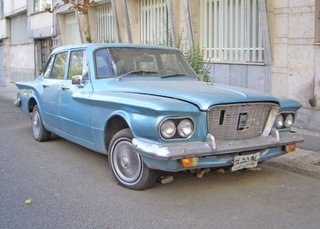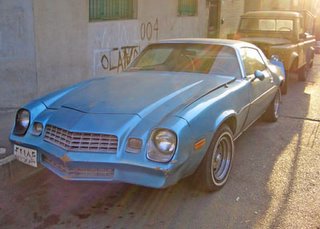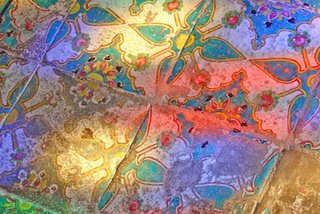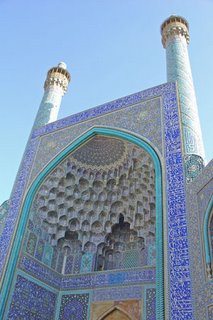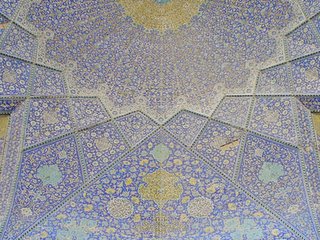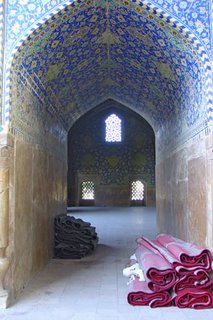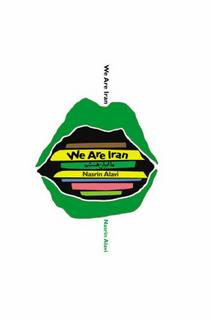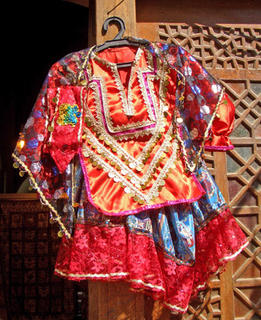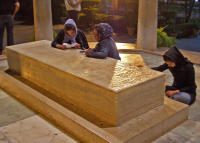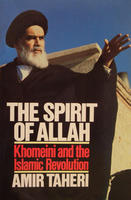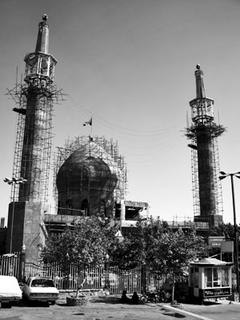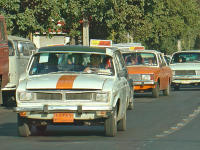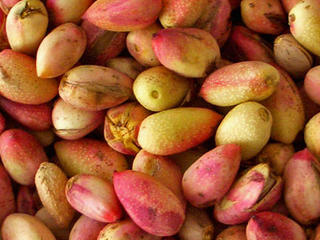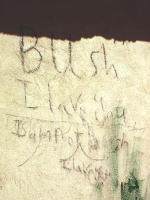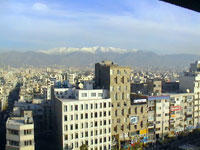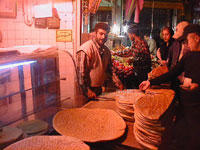Tea in Iran
Before she says her morning prayers, it’s time for Mahin Khanom to turn on the samovar. With gas this cheap (practically free) this stove-top kettle is going to be bubbling away for almost the whole day, constantly at the ready to dispense hot water for that all-important cup of black tea.
In Iran tea is taken straight. Sugar is sometimes added by those who like a sweet kick in the mornings but milk, never. It is the ever-present accompaniment to, well, everything. In the company of guests, multiple glasses will be drunk both before and after dinner. On a break from work, one or two glasses with a couple of sugar lumps melting in the mouth give English teachers the buzz to get them through their next lesson.
In the morning with breakfast, of course. If you’ve caught a cold, it’s important to consume an almost constant stream of weak tea. Even while on the move, it is not unusual for taxi or bus drivers to have a cup in one hand and the wheel in the other. Thankfully, Tehran’s numerous motorcyclists haven’t yet worked out how to sup and drive.
This is a traditional brass samovar. It hasn’t been used for years. These days, stainless-steel stove-top and electric versions are far more common.
Household appliance makers such as Tefal and Delonghi are also in on the act with modern versions in sparkling white/chrome which you can see on advertising boards all over the city.
(Bayern Munich midfielder Ali Karimi can currently be seen on billboards gormlessly drinking tea for Kenwood.)
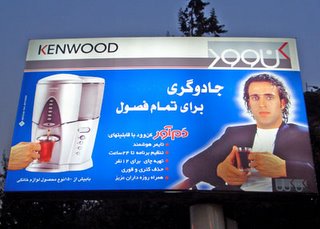 |
| Tea in Iran |
Iran Tea Facts
• Iran consumes approximately 100 million kg of tea, of which 50 million kg is imported.
• According to the
Iran Daily, Iranian grown tea contains less caffeine and Iranian growers use less chemical pesticides due to more favourable weather conditions than in countries such as India and Sri Lanka.
• Despite their political differences, the USA has granted a quality certificate to Iranian tea to allow it to be imported. Britain, which owns the world’s largest tea factories, also imports Iranian tea, repackages it, and resells it.
• Due to an enduring attachment to British-made products, one of Iran's biggest-selling tea brands is Ahmad Tea of London.
Iranian food
© Iranvisitor.com
